Indoor cycling used to be a niche winter pursuit, but it's now a staple for many riders throughout the year.
Riding your bike indoors is an extremely efficient way of getting fit because you can focus on using your training sessions for specific efforts, from endurance all the way up to VO2 max and beyond.
Once you have your bike and a smart trainer, there are a number of indoor training accessories that can make the experience more pleasant, even if you're doing all-out HIIT sessions.
As with all things in cycling, these accessories range from useful luxuries to must-have items. With that in mind, we’ve chosen 10 of the best turbo trainer accessories that will help you get the most out of your indoor cycling.
Sports towel or sweatband
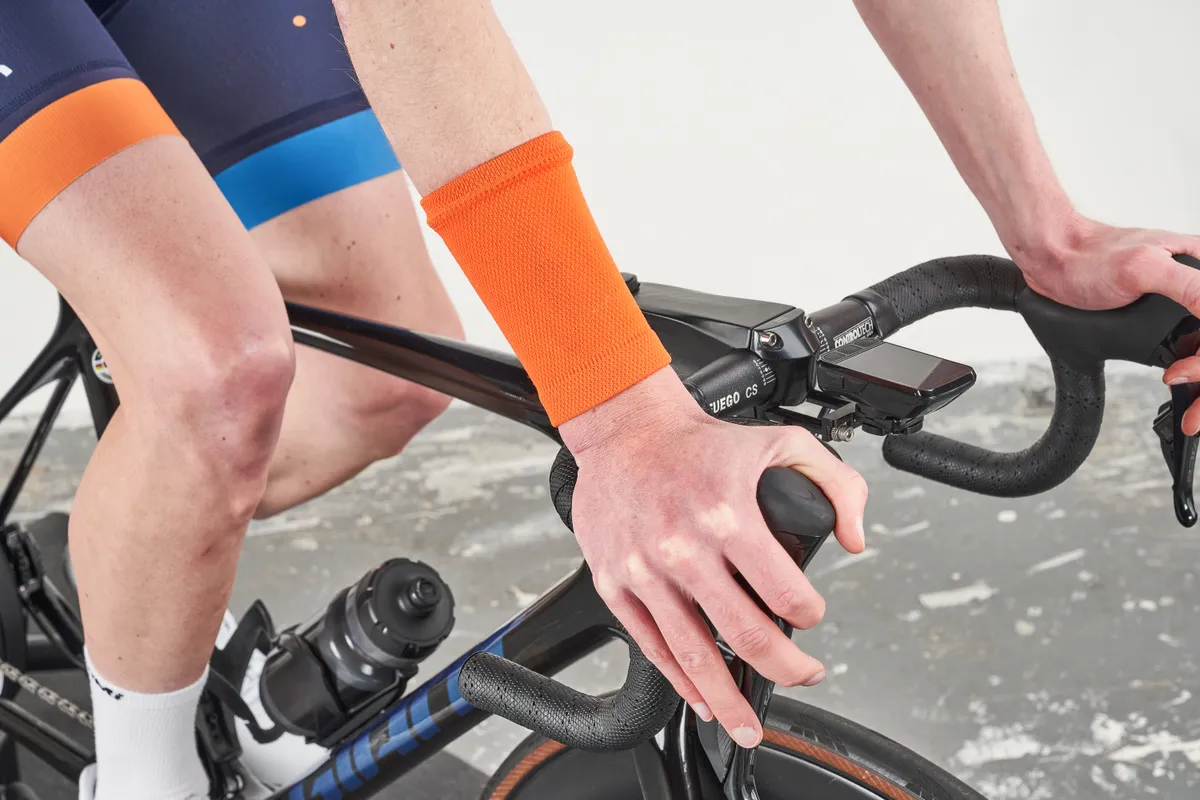
A humble towel is one of the most important accessories any cyclist training indoors should have.
You don’t have to use a dedicated sports towel, of course, but a sports towel is a little lighter, easier to manage on the bike and should dry a bit quicker when it's soaked in sweat.
A towel can also help protect your bike, preventing any corrosive damage from that salty sweat of yours, but in addition – or as a more minimalist alternative – a sweatband is a great idea for quickly and conveniently mopping your brow.
A powerful fan
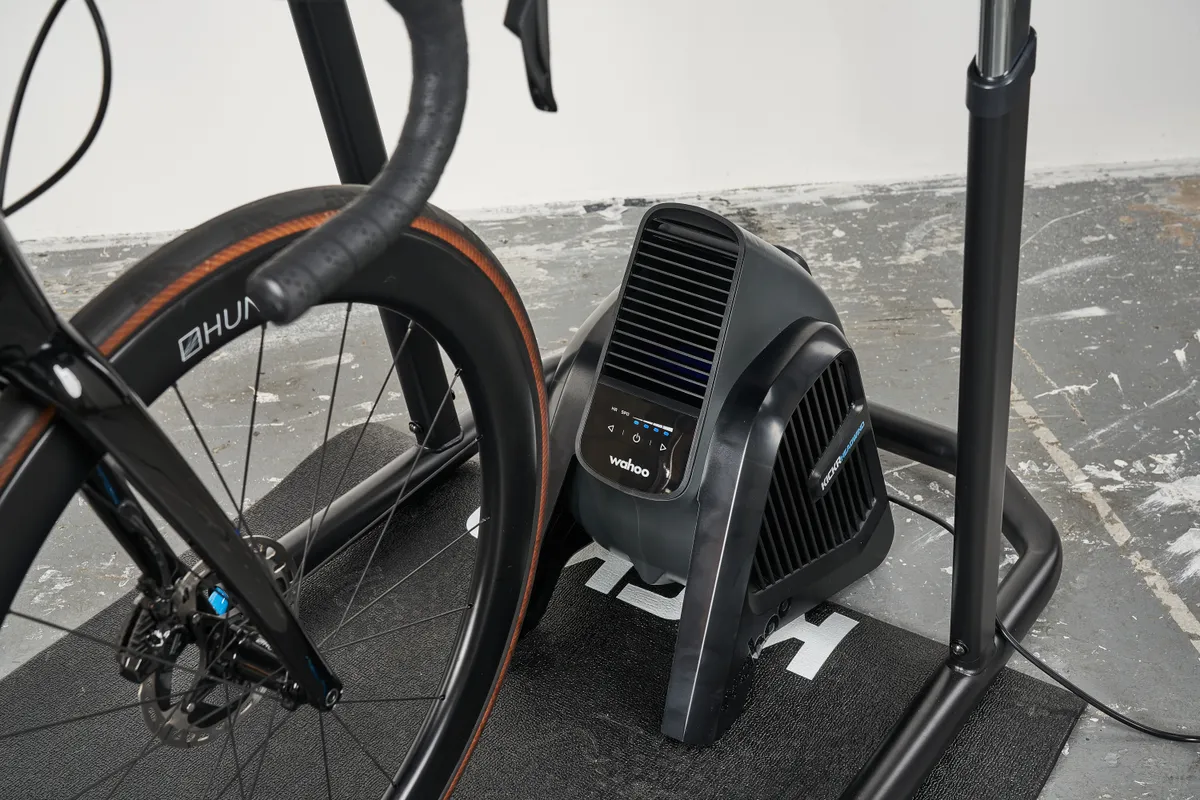
Even if you live in a country like the United Kingdom, where the weather is consistently disappointing, you’ll rapidly overheat when cycling indoors without any wind to cool you down.
What you need for your pain cave is a fan, and ideally, a big one to boot. Twelve inches is probably about as small as you want to go, but 18 inches or larger is better.
If you're building a top-end indoor cycling setup for serious training or logging lots of miles on Zwift, then you might even consider a dedicated fan such as the Wahoo Kickr Headwind.
Water bottles
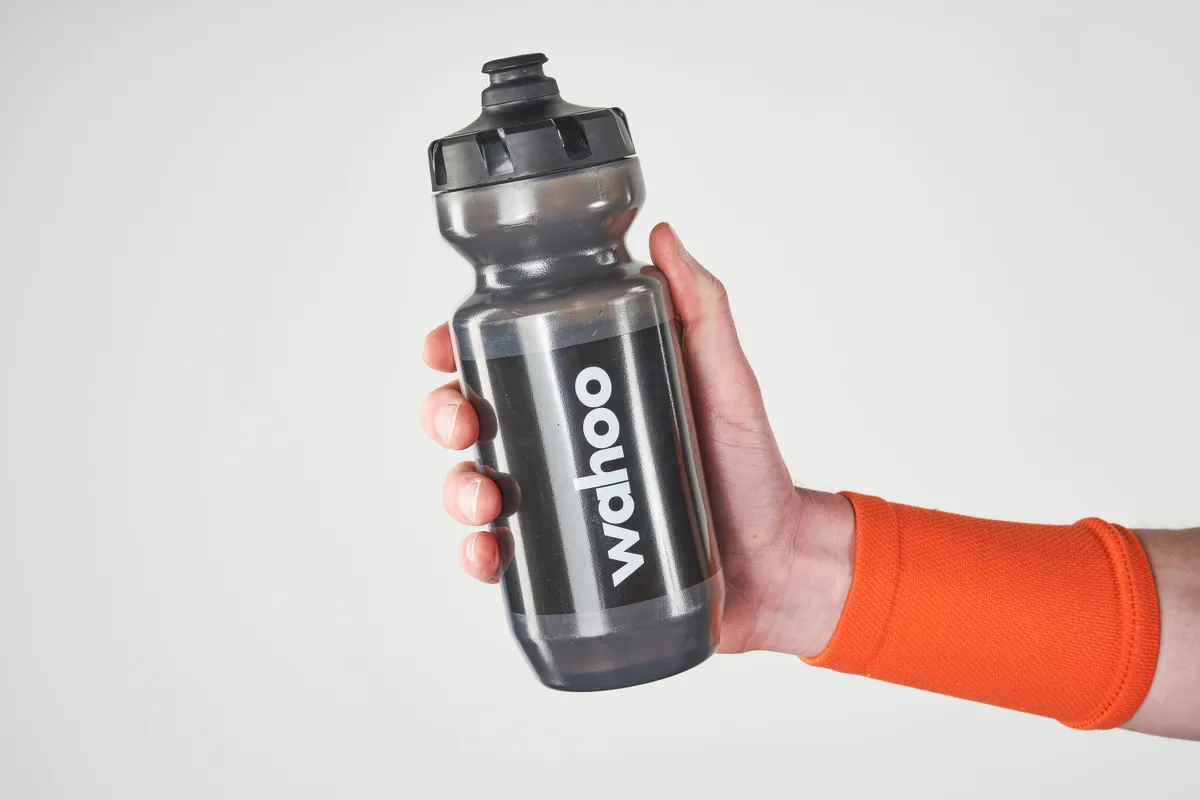
Running out of fluids mid-turbo session is never a pleasant experience. You'll either get very thirsty – and dehydrated – or have to stop for a refill.
With much less coasting than when riding out on the road, cycling indoors is hard work and you'll feel the need to drink a lot more.
Water is fine for short or easy sessions, but for Zwift racing or longer virtual training rides, you might consider an energy drink.
Our best advice is to get two bottles and to always fill up both before your ride, unless you're absolutely sure one bottle will be enough for your session.
Trainer mat
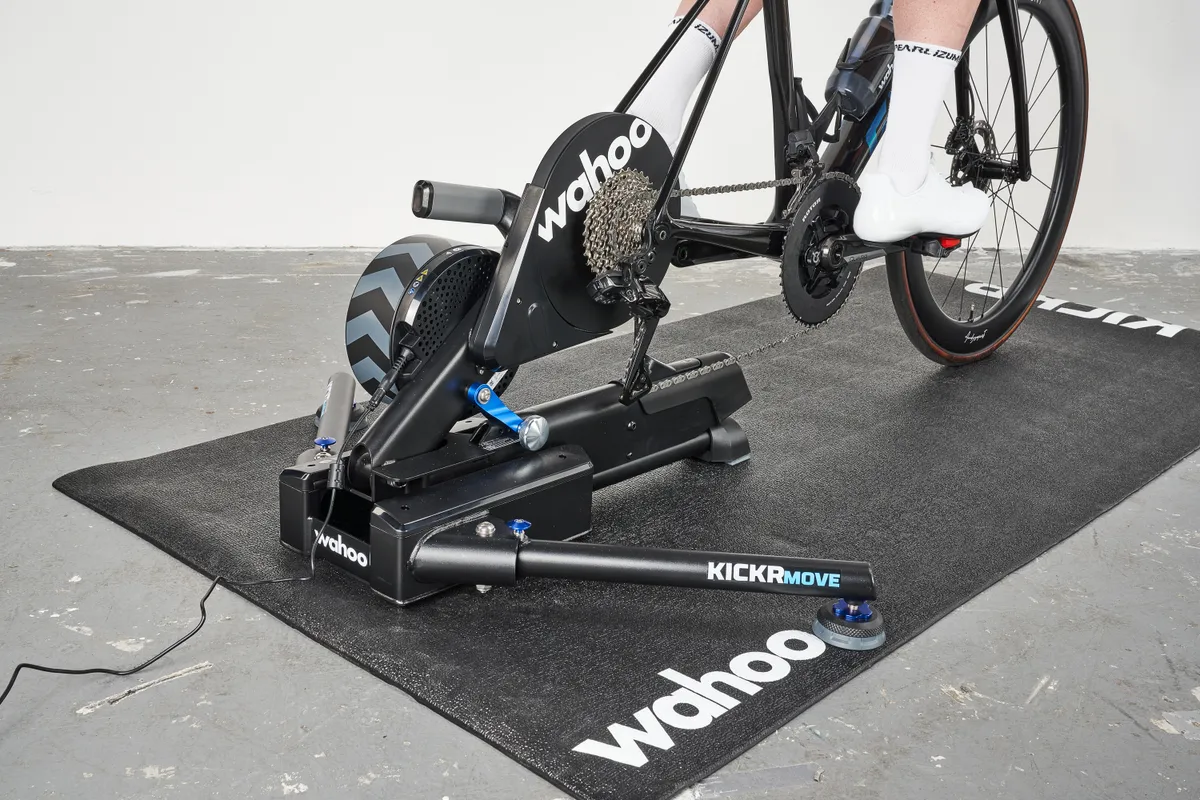
A dedicated trainer mat is a useful – and often affordable – accessory.
These will typically be made from a non-slip material, helping to secure the trainer in place during all-out efforts, and also protect your floor, whether that be from the trainer itself or your sweat.
If you're training upstairs in a house, or live above a neighbour, a trainer mat can also help soak up noise and vibrations.
Cotton cycling cap

There are dedicated (i.e. pricier) indoor cycling caps on the market, but in reality a standard, classic cotton cap will help prevent sweat dripping into your eyes just as well.
What's great about caps is that they're also available in a variety of classic team designs – perfect for a bit of inspiration. Who doesn't want to feel like Eddy Merckx or Johan Museeuw?
Wireless headphones
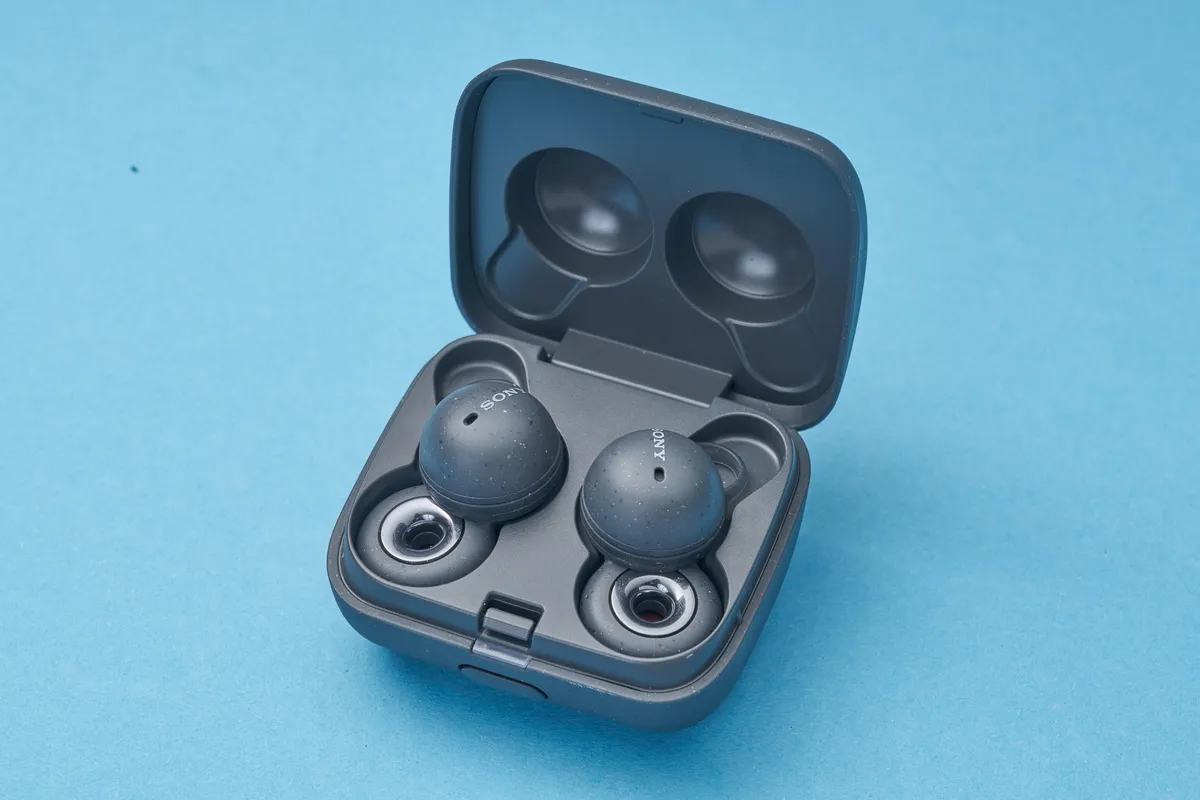
Even if you're using immersive indoor cycling apps, you're probably still going to want to listen to some music. Aside from simply fighting boredom, the benefits of listening to music while training are well documented.
The best headphones for cycling tend to connect to your smart device with a Bluetooth connection. This is better than wired headphones because you can then keep your phone wherever's convenient and not risk getting tangled up with the wire during sprint efforts.
If you're doing virtual group rides with friends then, ideally, you want the headphones to have a built-in microphone as well. Being able to hear and talk to your friends makes the experience so much better.
Power meter
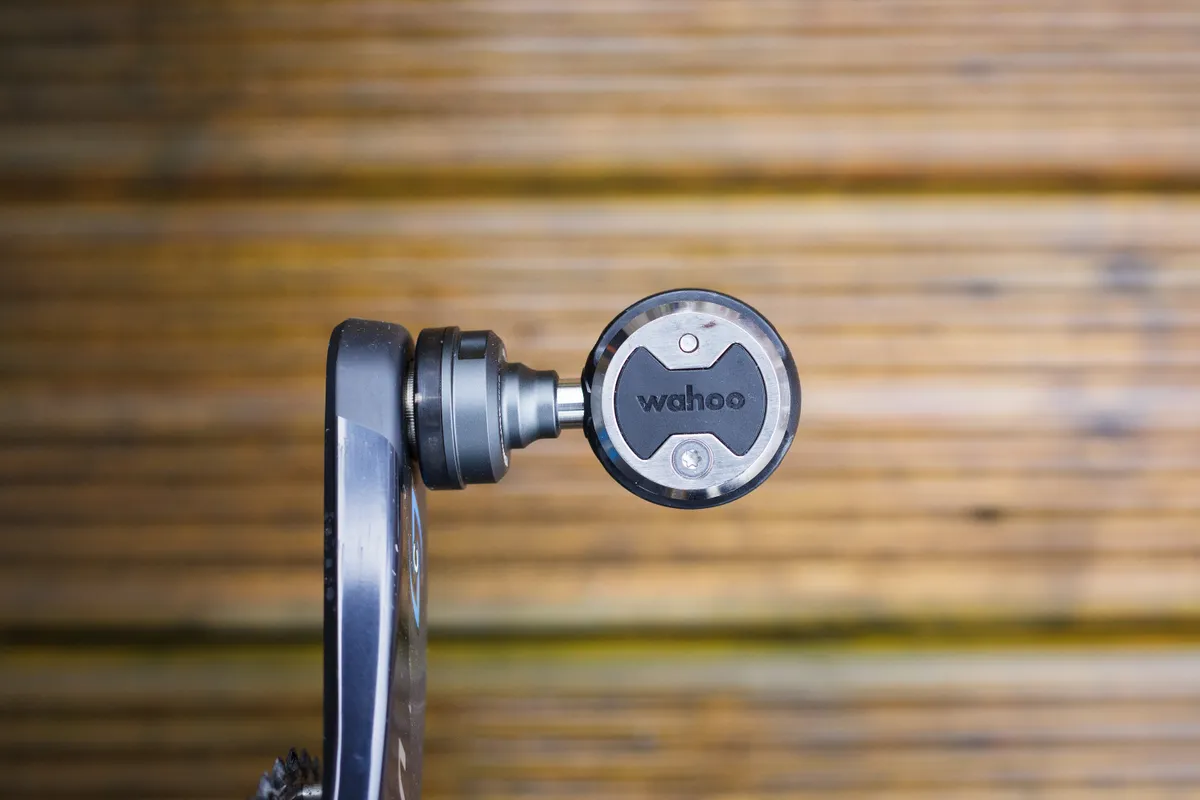
The best power meters have come down in price considerably in recent years, and while they’re great for tracking your outdoor training exploits in fine detail, the real value of a power meter is as a specialised training tool.
Okay, so a power meter isn't an indoor training essential, but with one on your bike you can do proper FTP testing, train in specific power zones and use interactive apps on any kind of trainer (not just a smart trainer).
Even if you do have a smart trainer, it's likely it'll measure power slightly differently from a power meter on your bike, so true training devotees who want the most consistent data possible might be better served with a single power meter they can use inside and out.
There are lots of options on the market, with the main consideration generally being around where you want to measure power.
Pedal-based power meters are easy to swap between bikes, but you might need to get used to a different cleat system.
If you're a Shimano or SRAM user, there are plenty of crank-based options. The downside with these is that swapping cranks between bikes is a more involved process, and in some cases you may need to install a new bottom bracket.
Heart-rate monitor
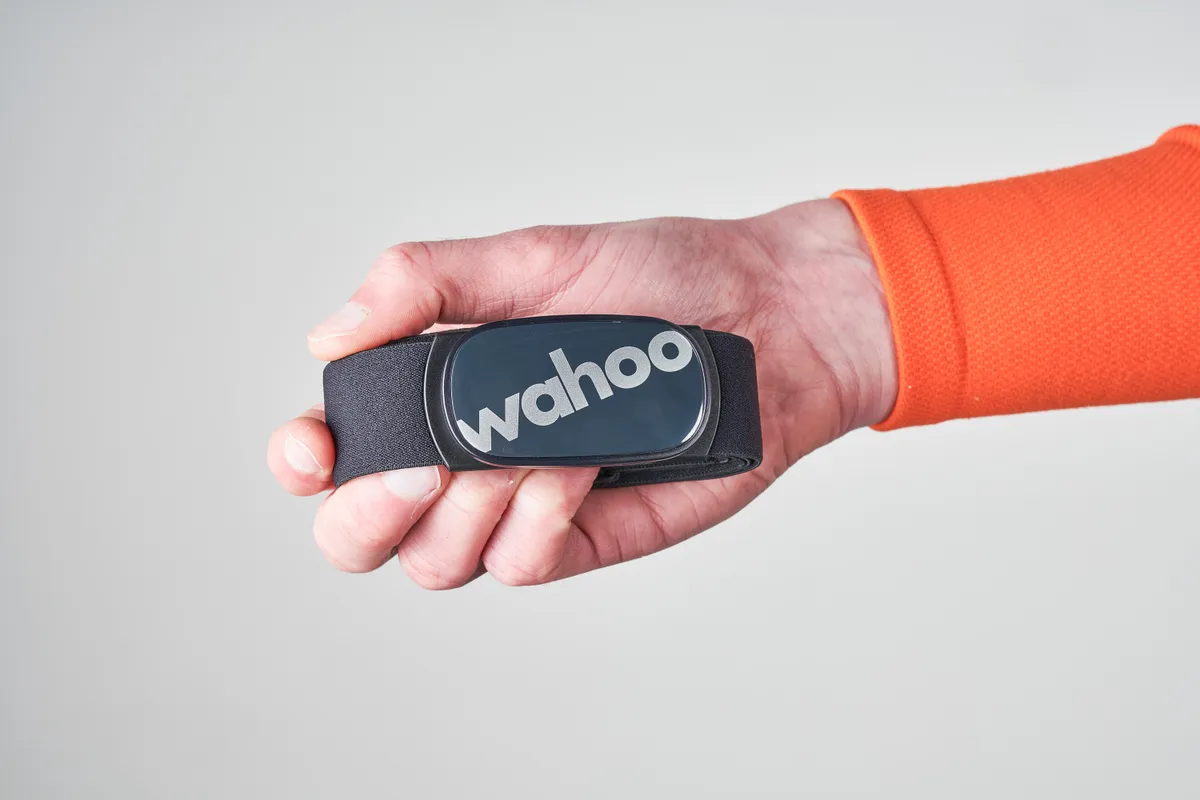
A much more affordable alternative to a power meter, if you want to guide your training with additional data, is a heart-rate monitor.
Given that all smart trainers will have an in-built power meter, a heart-rate monitor can then be used to better understand how your body is responding to training, as well as other external factors that may be impacting how you feel on the bike.
After all, power isn't everything when it comes to cycling.
By combining power, heart rate and Rate of Perceived Exertion, you can build up a fuller picture of your training.
Trainer desk
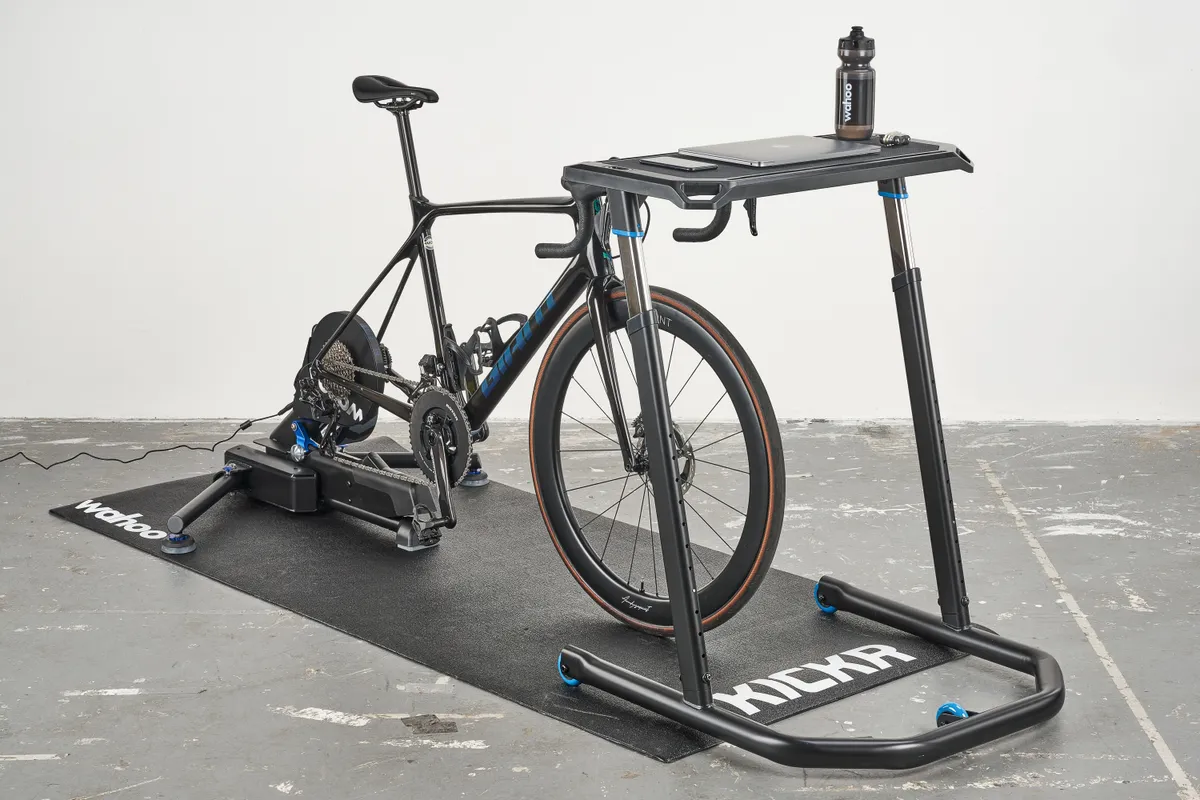
We're back into luxury territory here, but if you want to build the ultimate indoor cycling setup, a dedicated trainer desk puts everything you need within arm's reach.
It should be built for the job, too, with a non-slip top and smooth-rolling wheels to manoeuvre the desk around the garage or workshop.
Look for a desk that offers height adjustment and an angled design to keep your ride essentials within grasp, without getting in the way of your bike's front wheel.
Of course, there are lots of more affordable alternatives to a cycling-specific desk, but the same principles apply – you want to keep everything close and secure, but out of the way of your bike.
Zwift Cog

The Zwift Cog is essentially a singlespeed conversion kit for your turbo trainer, which we reckon is one of the best indoor cycling accessories, thanks to how it makes indoor cycling simpler and more accessible.
The Cog fits to a smart trainer’s Shimano Hyperglide-style freehub and Zwift says it’s compatible with almost any bike with an 8- to 12-speed drivetrain. This means that if you use multiple bikes on your trainer, you don’t have to worry about switching cassettes.
You’ll only want to install the Cog if you’re going to use virtual shifting on Zwift, and you have a smart trainer that supports that feature, such as the Wahoo Kick Core or JetBlack Victory. This is because without virtual shifting you’ll only have a single gear at the back of your bike.
To find out more about indoor cycling, check out our guides to indoor training apps such as Zwift, Wahoo SYSTM, TrainerRoad and Rouvy. We’ve also covered the best setups for every budget.
